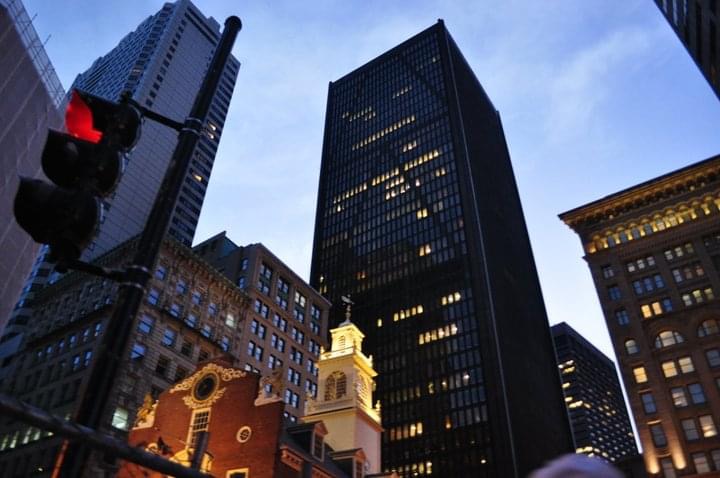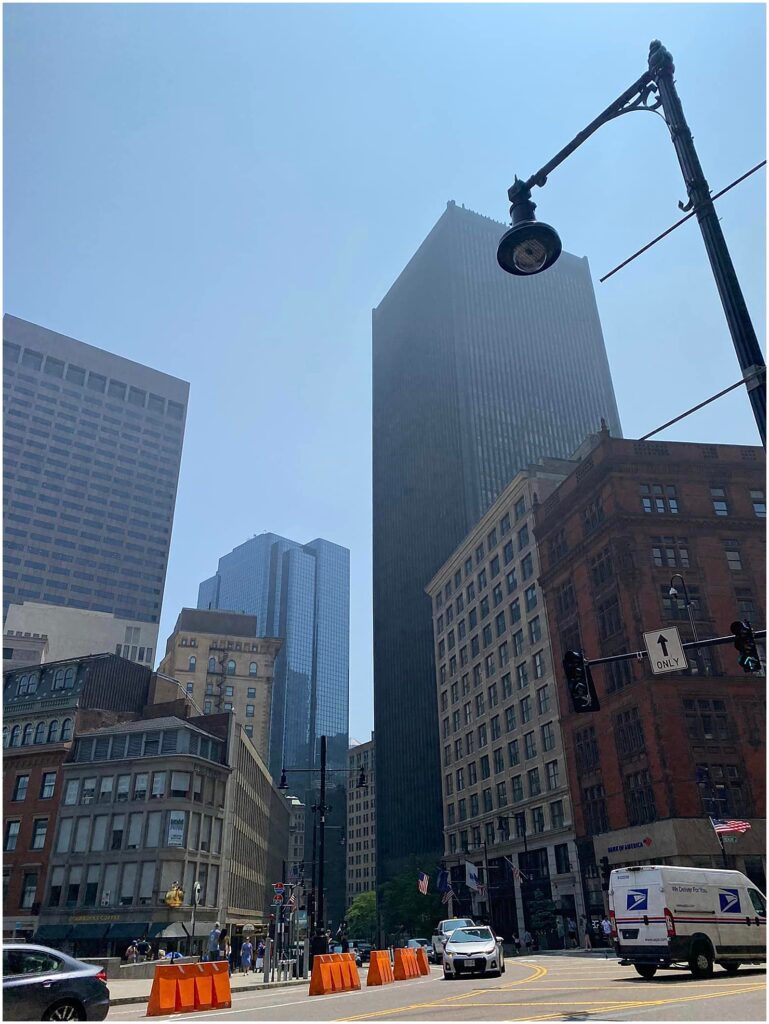Boston South Station vs North Station | Explore the Differences
Boston is a city rich in history and vibrant culture! As you navigate through the city, you’ll come across two major transportation hubs that you might be wondering what the differences are: Boston South Station vs North Station.
Living in New Hampshire we typically take the train into the city when we want to spend the day. We love taking the Amtrak downeaster down to North Station and then catching the T (subway) to take us the rest of the way to our destination.
While both stations serve as vital transportation links, they have distinct features that set them apart. In this blog post, we’ll take a closer look at North Station vs South Station, highlighting their unique characteristics and helping you understand the differences.

North Station: Amtrak Downeaster Hub
Location and Surroundings:
North Station is conveniently located in the heart of Boston, nestled near the vibrant neighborhoods of the West End and Beacon Hill.
The station is situated right by the TD Garden, home to the Boston Celtics and Boston Bruins, making it a popular spot for sports enthusiasts.
Additionally, the scenic Charles River flows nearby, offering picturesque views for visitors.
Transportation Options:
North Station primarily serves as a transportation hub for commuter rail lines, connecting Boston to the suburbs and other cities in Massachusetts.

Amtrak Downeaster trains also operate from North Station, providing a convenient option for long-distance travel up north. The Downeaster travels all the way past Portland Maine to Brunswick, stopping multiple times along the way.
The station is well-connected to the city’s public transportation system, with access to the subway lines (known as the “T”) and various bus routes.
Facilities and Amenities:
Despite its smaller size compared to South Station, North Station still offers a range of amenities to ensure a comfortable experience for travelers.
The station features ticketing booths, restrooms, and seating areas.
Visitors can also find a variety of dining options and small shops within the station complex, perfect for grabbing a quick bite or picking up any essentials.
South Station: Amtrak Acela Hub
Location and Surroundings:
South Station is located in the bustling Financial District, an area known for its skyscrapers and corporate offices.
This station is situated close to several iconic landmarks, including the Boston Tea Party Ships and Museum, making it a popular destination for tourists looking to explore the city’s historical attractions.
Transportation Options:
South Station serves as a major transportation hub, providing access to various modes of transportation.
It is the main terminal for Amtrak Acela in Boston, offering extensive train services to destinations across the country.

This train will take you all the way to New York City and beyond to Washington DC, stop several times along the way.
In addition to commuter rail lines, South Station also serves as a hub for the Massachusetts Bay Transportation Authority (MBTA), offering subway, bus, and ferry connections to different parts of the city and beyond.
Facilities and Amenities:
As the larger of the two stations, South Station offers a wide range of facilities and amenities to cater to the needs of travelers.
The station boasts multiple ticketing counters, ample seating areas, and clean restrooms. There are also several eateries, ranging from fast-food chains to sit-down restaurants, allowing visitors to satisfy their hunger.
Additionally, South Station houses a variety of retail stores, providing opportunities for shopping or browsing while waiting for your train.
What is the difference between North Station and South Station Boston?
North Station serves as a hub for commuter rail and Amtrak services traveling North, with a prime location near the TD Garden.
South Station, on the other hand, is a major terminal for Amtrak services traveling South and MBTA services, offering extensive train connections and serving as a gateway to historical attractions.
Final Thoughts
Exploring Boston’s transportation landscape is an exciting adventure, and understanding the differences between Boston South Station vs North Station is essential for navigating the city effectively.
To summarize, North Station and South Station are two busy transportation hubs in Boston. North Station is served by Amtrak, MBTA Commuter Rail, and the Blue Line, while South Station is served by Amtrak, MBTA Commuter Rail, the Red Line, and the Silver Line.
Whether you’re catching a game at TD Garden or embarking on a journey to another city, both Boston South Station vs North Station provide convenient access to transportation options.

More Resources:





